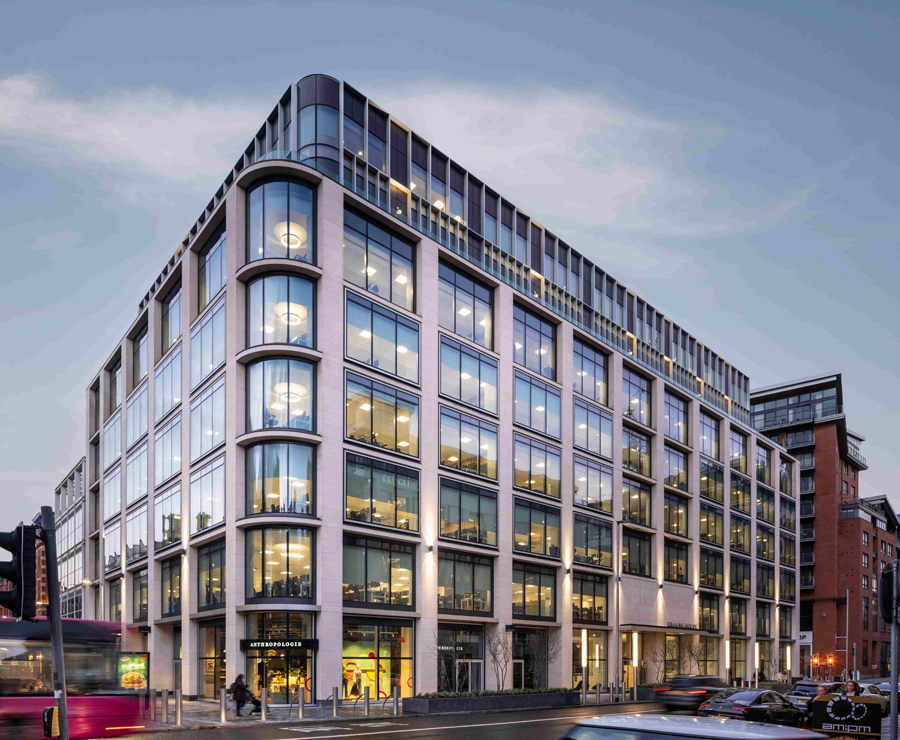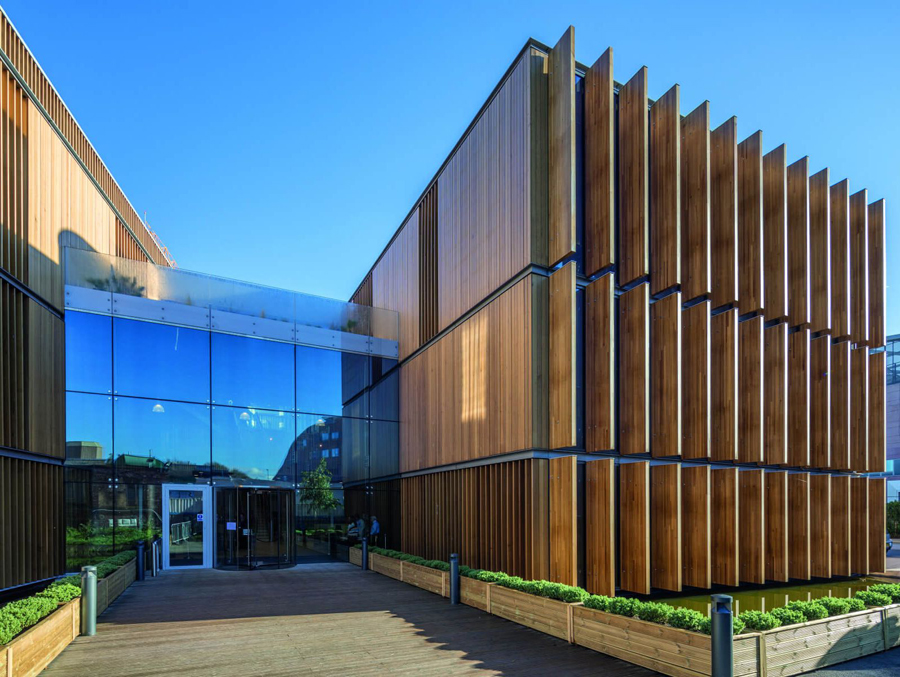
Because the construction sector is responsible to a large extent for accelerating climate changes, it has had to undertake a number of changes in the fight for a better future. One of the most important changes is the use of construction materials that do not have a significant impact on the environment while also ensuring the full functionality of the facilities constructed with them. In the following paragraphs, we present the list of the most promising raw materials in terms of green construction.
Sustainable construction in response to the climate crisis
The application of ill-considered technologies, exploitation of natural resources and high emission of harmful substances into the atmosphere have resulted in the current climate changes, which are really harmful to people. For this reason, a number of companies from sectors responsible for this situation have made it a point of honour to thoroughly modify their activities and choose more environmentally friendly solutions.
This is why sustainable construction – a trend that aims to build fully functional and, simultaneously, climate-neutral facilities without a negative impact on the environment – is becoming increasingly popular.
This is possible due to the application of appropriate power saving and production technologies and the use of materials considered to be eco-friendly. What are the materials in question?

Photo: Erskine House, Belfast, UK. Systems used: MB-SR50N
Eco-friendly construction materials – what is used by future-oriented construction?
While thinking of eco-friendly construction, we must take into account raw materials that are not only available in almost unlimited quantity, but also those that can be reprocessed. There are currently three top materials in the construction sector that meet this criterion.
1. Wood
Wood as has been used a construction material for hundreds of years. Due to eco-friendly construction trends, it is now back in favour as a basic structural and finishing element. Wood is also a renewable resource, so we can use it practically infinitely with an appropriate tree planting policy that regularly restores the logged areas for the needs of future generations.
2. Aluminium
The popularity of aluminium as a construction material is based on two of its features. The first is its high durability and resistance to weather conditions, which means it is used, e.g., to produce window joinery. The second is its endless recyclability, which means we can reprocess previously used material for the needs of other investments. Recycling reduces the amount of energy consumed by up to 95% compared to the production of primary aluminium, which is an amazing result, especially in the context of decreasing the carbon footprint by the construction sector.
The Aluprof company is well-known for its use of aluminium for advanced construction solutions. This brand’s portfolio includes a wide range of window and door systems (e.g. MB-86 SI, MB-86 Casement, MB-86 ST, MB-70, MB-70HI and MB-70 Casement) and façade systems (e.g. MB-SR50N HI+) that ensure excellent thermo-insulating and acoustic properties. Moreover, all the above-mentioned systems are produced in accordance with the Cradle-to-Cradle policy, which allows effective recycling.

Photo: Three New Bailey, Manchester, UK. Systems used: MB-SR50N. The project: Make Architects
3. Glass
Glass is another material that can be fully and repeatedly recycled. The use of appropriate production technologies ensures that glazing systems, apart from providing interiors with the right amount of light, also provide isolation from outdoor conditions, which contributes to reducing the energy demand of facilities and, therefore, has a positive impact on decreasing the carbon footprint of the whole investment.
Rising stars of the eco-friendly construction
The above-mentioned materials are used successfully in many construction investments around the world. However, the range of ‘green’ raw materials also includes materials not widely recognised so far, but which – most probably – will become standard over the next several years. They include:
• straw, which was used in the old days to construct thatched roofs of cottages, is currently used as a material to construct perfectly insulated walls,
• concrete made of hemp is also an interesting trend that uses hemp as a basic component for the production of construction materials,
• clay is being used increasingly often to construct residential buildings, and in the future maybe also public facilities.

Photo: Alder Hey Academy, Liverpool, UK. Applied systems: MB-SR50N
Another very popular such recycling trend is reusing materials from previously constructed buildings that have been demolished. This can be seen, e.g., in bricks from a demolition being reused as basic components of the construction of new buildings.
Let’s build a better future
In its mission, Aluprof focuses on building a better future for the next generations, concentrating primarily on the delivery of solutions applicable in sustainable construction.
“Aluprof consciously follows the path of sustainable development, engaging in social and environmental issues. We continue to expand the portfolio of our systems, which meet the most stringent standards and certificates, and contribute to the construction of sustainable and energy-efficient buildings“ says Wojciech Brożyna, Managing Director at Aluprof UK.
Article sponsored by Aluprof













